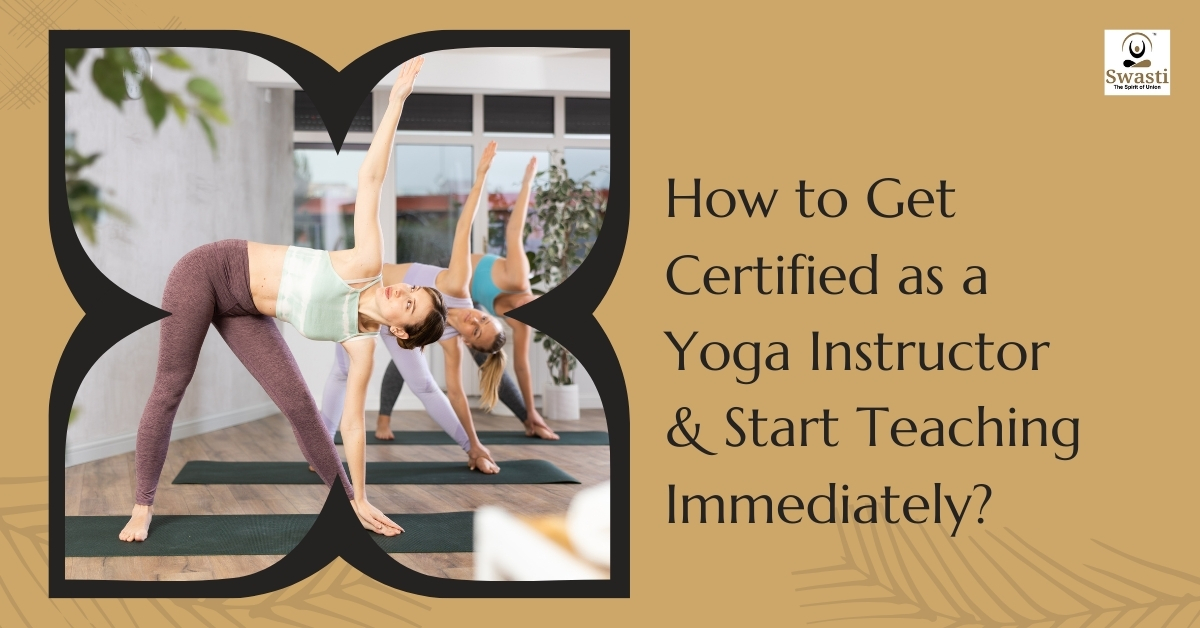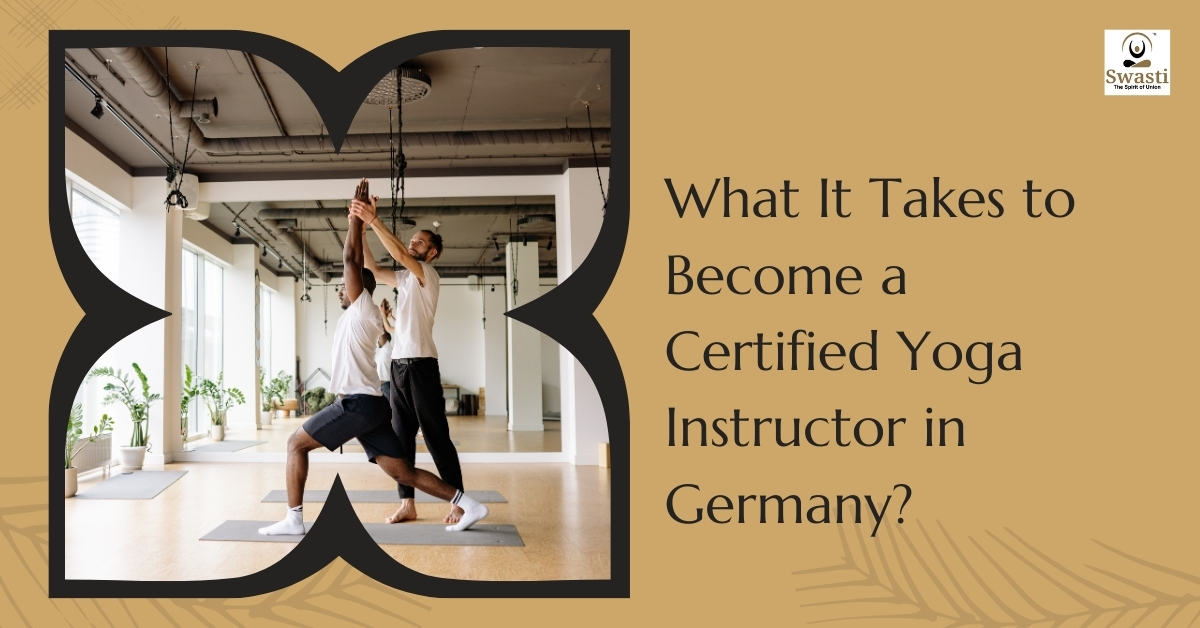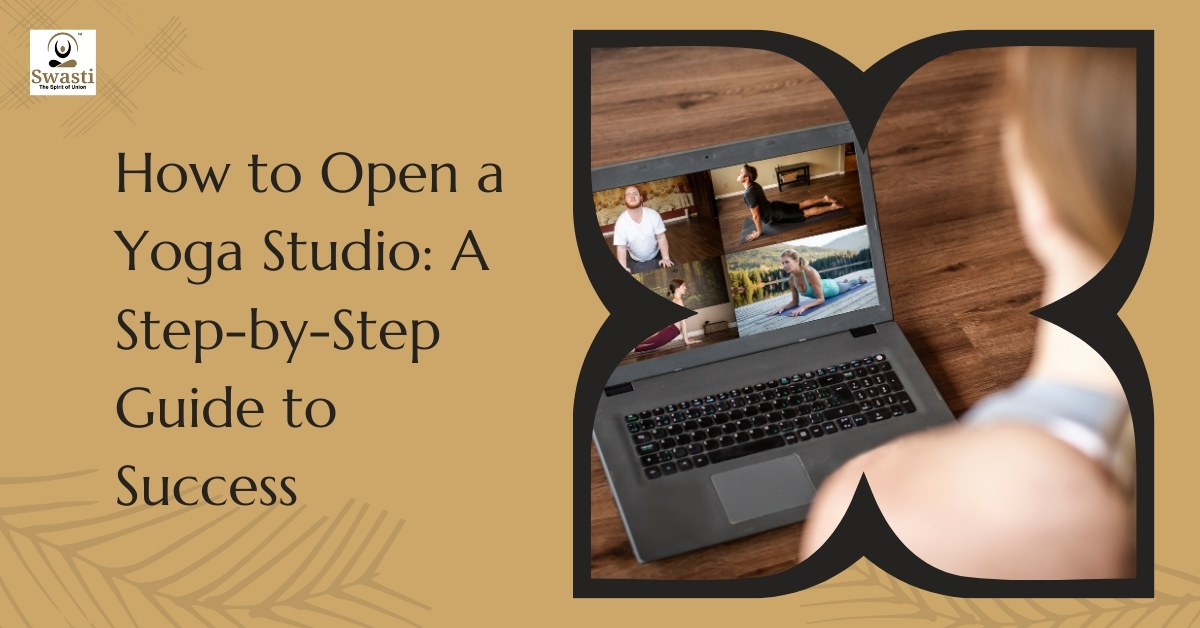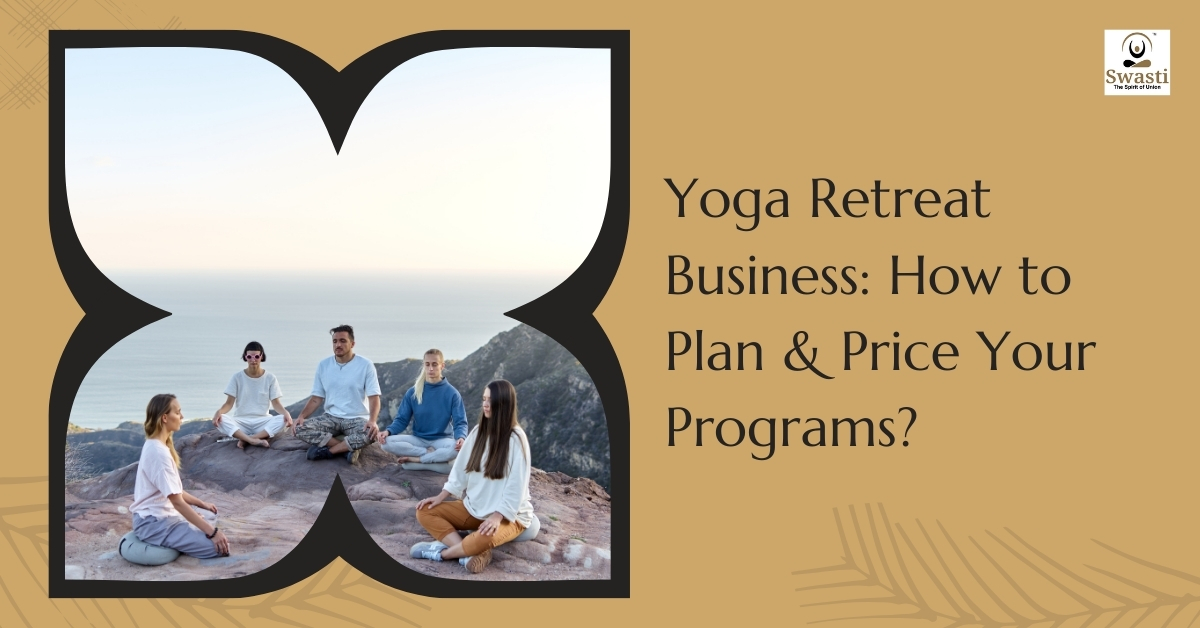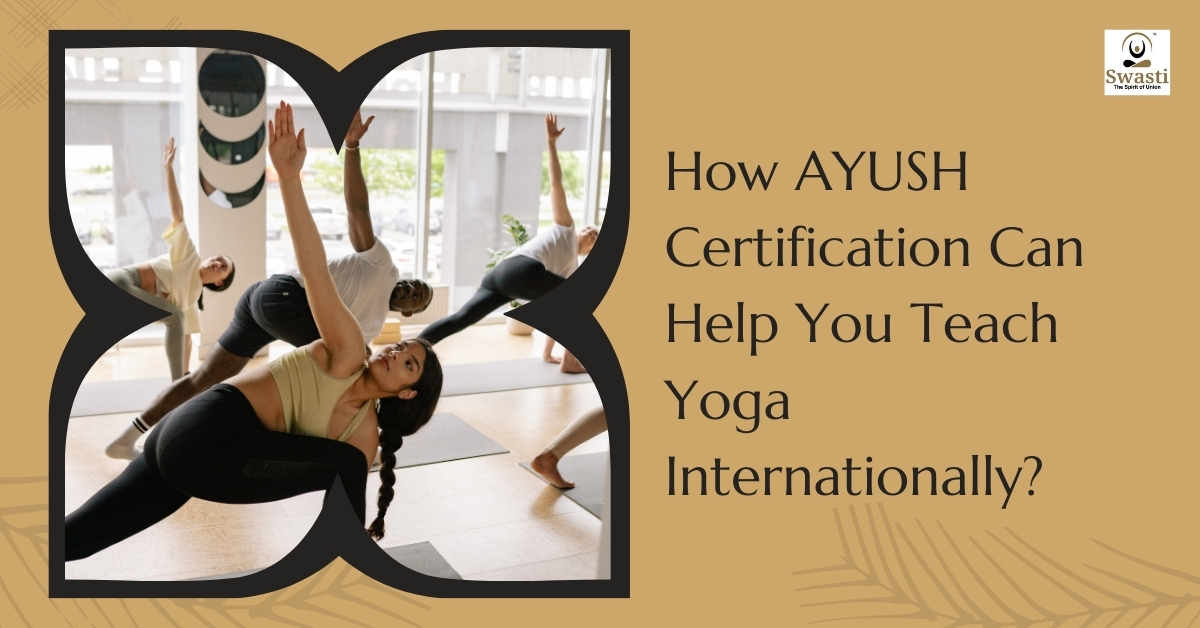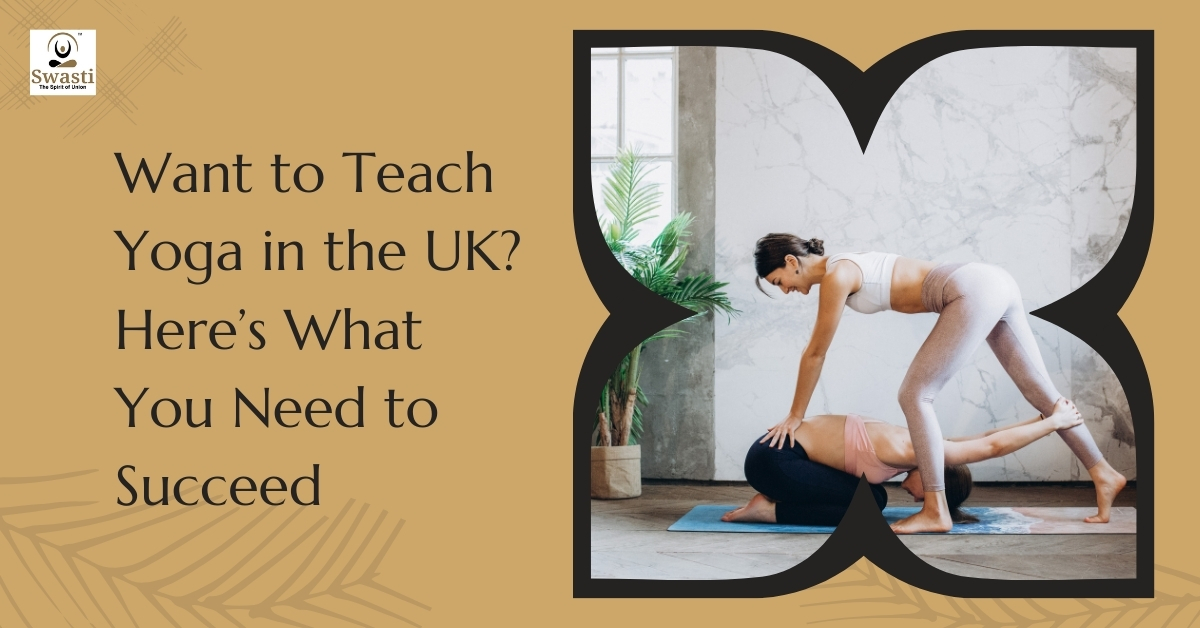
Want to Teach Yoga in the UK? Here’s What You Need to Succeed
Yoga has become a major part of the wellness industry in the UK, with thousands of people practicing it for physical and mental well-being. If you’re passionate about yoga and want to turn it into a career, becoming a yoga teacher in the UK can be a rewarding journey. However, success in this field requires more than just knowing yoga. You need proper certification, an understanding of legal requirements, teaching experience, and the ability to market yourself. This guide will walk you through everything you need to build a successful yoga teaching career in the UK. Step 1: Get Certified with the Right Yoga Teacher Training To teach yoga professionally in the UK, certification is a must. Studios, wellness centers, and even private clients prefer teachers who have completed formal training from a recognized institution. There are different types of certifications, but the most respected ones ensure you have in-depth knowledge of yoga techniques, anatomy, teaching methodology, and philosophy. Swasti Yoga Center offers AYUSH-certified training, which is globally recognized and rooted in traditional yoga teachings. Choosing a comprehensive program will give you the confidence and skills needed to teach effectively. Step 2: Understand the Legal and Administrative Requirements Before you start teaching, it’s essential to understand the legal requirements of working as a yoga instructor in the UK. If you are from outside the UK, you need to check visa and work permit regulations to ensure you are legally allowed to work as a yoga teacher. Additionally, most studios and private clients will expect you to have public liability insurance to cover potential risks during classes. If you plan to teach children or vulnerable individuals, you may also need a Disclosure and Barring Service (DBS) check, which verifies your background for safety reasons. Ensuring all legalities are in place will help you establish yourself as a professional instructor. Step 3: Gain Experience and Develop a Specialization Having a certification is just the beginning. To stand out in the UK’s competitive yoga industry, experience and specialization matter. Many new teachers struggle to find students initially, so gaining hands-on experience is key. Consider: Volunteering at community centers or online platforms to build confidence. Assisting senior teachers to learn practical classroom management. Specializing in a niche such as prenatal yoga, therapeutic yoga, or corporate yoga, increases your value in the industry. The more refined your skills and experience, the better your chances of securing regular teaching opportunities. Step 4: Find the Right Teaching Opportunities There are many ways to teach yoga in the UK. Some instructors prefer to work in established yoga studios, while others choose to build their client base. Here are some of the common options: Yoga Studios: Many studios look for certified and experienced instructors. Start by applying for part-time roles or covering classes for existing teachers. Corporate Yoga Programs: Companies are investing in employee wellness, and corporate yoga is in high demand. Private Classes: Teaching one-on-one sessions allows for flexible schedules and higher earnings. Online Teaching: The rise of virtual yoga classes has made it possible to teach students worldwide. Finding the right fit depends on your personal preferences and career goals. Experimenting with different settings can help you discover what works best for you. Step 5: Build Your Brand and Market Yourself In today’s digital world, marketing is crucial for yoga teachers. Whether you want to teach in studios or build your client base, you need to establish an online presence. Start by: Creating a professional website showcasing your certifications, experience, and services. Using social media to share yoga tips, live sessions, and student testimonials. Networking with local yoga communities to stay connected and find opportunities. Collaborating with wellness brands or fitness influencers to increase visibility. Consistency in marketing efforts helps attract students and build trust in your expertise. Step 6: Keep Learning and Stay Committed The journey of a yoga teacher doesn’t stop after certification. The best instructors are lifelong learners who continuously refine their practice. Attending workshops, retreats, and advanced training courses will not only enhance your skills but also open new career opportunities. Additionally, staying connected with other yoga professionals can be motivating. Joining yoga teacher networks, attending industry events, and participating in yoga conferences can keep you inspired and informed about trends in the field. Conclusion Becoming a yoga teacher is more than just a career—it’s a commitment to continuous learning and personal growth. Every yoga instructor brings their unique style and approach to teaching, making yoga accessible to more people. While certifications and experience are essential, your dedication, authenticity, and passion for yoga will truly define your success. No matter where you are in your journey, staying open to new learning opportunities and building meaningful connections will help you grow both personally and professionally. Take the First Step Toward a Successful Yoga Teaching Career Becoming a yoga instructor in the UK requires the right training, expertise, and confidence to guide students effectively. A globally recognized certification is essential if you want to stand out in this growing industry. As the premier yoga teacher training institute in India for UK yogis, Swasti Yoga Center offers online yoga teacher training certification courses specifically designed for learners in the United Kingdom. Our programs combine traditional Indian yogic wisdom with modern teaching methodologies, enabling you to develop a profound understanding of yoga’s philosophy, practice, and application. With expert guidance, structured learning, and flexible online modules, you can gain the skills you need to teach professionally—whether in studios, corporate spaces, or private sessions. Start your journey today with Swasti Yoga Center and turn your passion for yoga into a fulfilling and globally recognized career.

